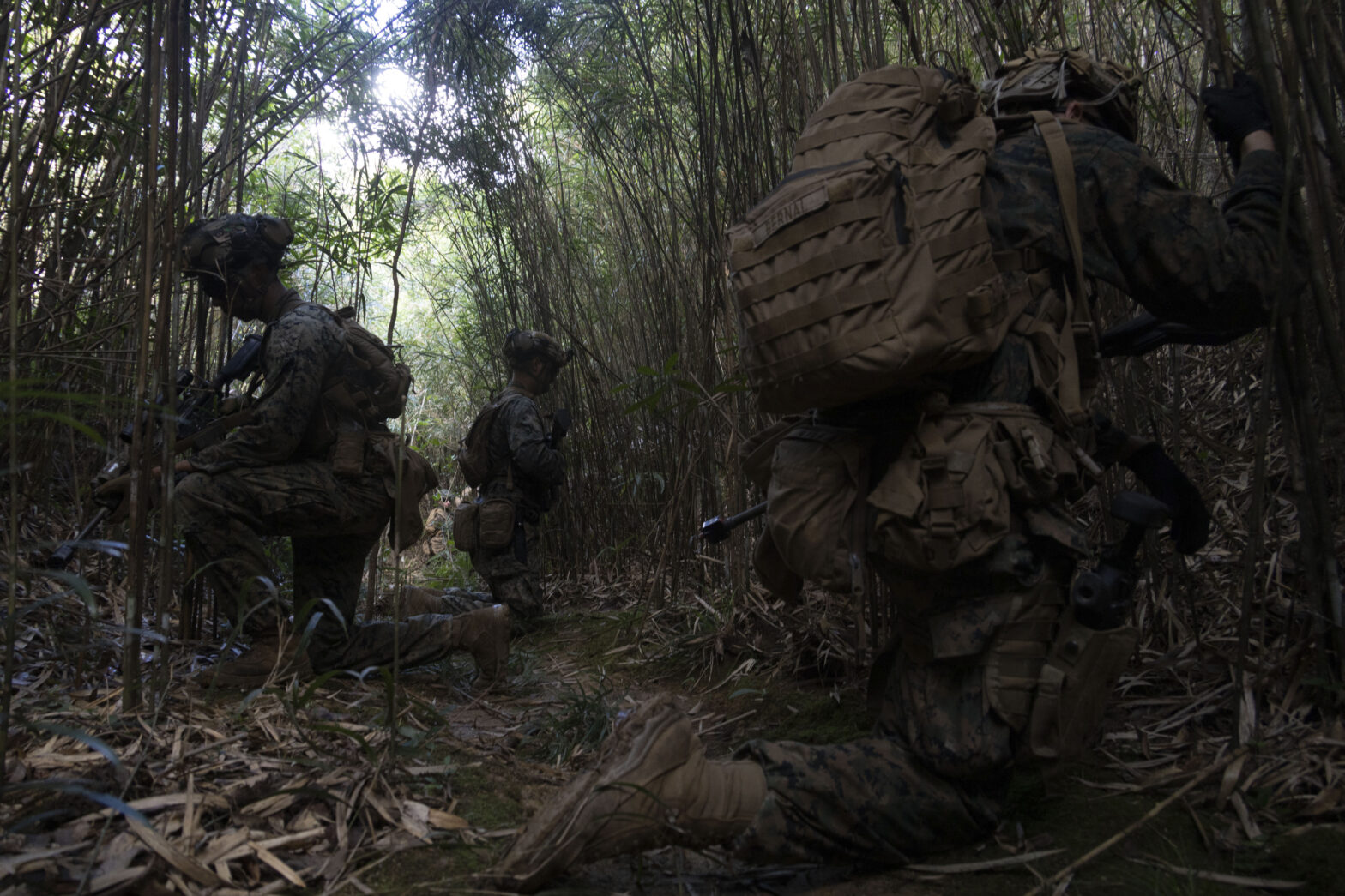The brain is inherently flexible; it is highly adaptable to functional demands. ‘Plasticity’ is a term used to describe this capability.
The brain learns from what we repeatedly do, with changes to both the pattern and effectiveness of neural connections reflecting that.
Think of it like building roadways in your brain. A specific skill, such as clearing a room, requires specific sensorimotor skills. You’re probably not great the first time, but on the hundredth you’re smooth and fast and your movement requires a lot less cognitive attention to execute.
The first time you practiced clearing a room it was as if you were taking a machete to clear a path in the jungle, the hundredth time you’re driving on the Autobahn.
“It appears that the effectiveness of existing connections [roadways] is increased by practice and learning at any age.” [1]
Continuous practice and reinforcement of roadways is key, particularly for high performers.
Research shows that roadways can be disrupted in individuals exposed to repeated subconcussive head trauma. [2-3] But these disruptions are more subtle than say a stroke.
Even those who have experienced large brain roadway disruptions, such as a stroke, retain brain plasticity. The ceiling of potential may have been lowered, but intentional and targeted training can maximize function.
Subconcussions pose a unique challenge as they cause more subtle roadway disruptions, but at higher volumes over an extended period.
We can still leverage the principles of brain plasticity, applying the value targeted and repeated training has on building desired roadways.
Repetition is key here, which is why I advocate for a proactive training approach to sensorimotor skills.
Continuously building key roadways that are vital for performance in tactical professionals through practice.
References:
- Carr, J. H., & Shepherd, R. B. (2010). Neurological rehabilitation: optimizing motor performance. Elsevier Health Sciences.
- Robinson, M. E., Lindemer, E. R., Fonda, J. R., Milberg, W. P., McGlinchey, R. E., & Salat, D. H. (2015). Close‐range blast exposure is associated with altered functional connectivity in veterans independent of concussion symptoms at time of exposure. Human brain mapping, 36(3), 911‐922.
- Champagne, A. A., Coverdale, N. S., Ross, A., Murray, C., Vallee, I., & Cook, D. J. (2021). Characterizing changes in network connectivity following chronic head trauma in special forces military personnel: a combined resting‐fMRI and DTI study. Brain injury, 35(7), 760‐768.
